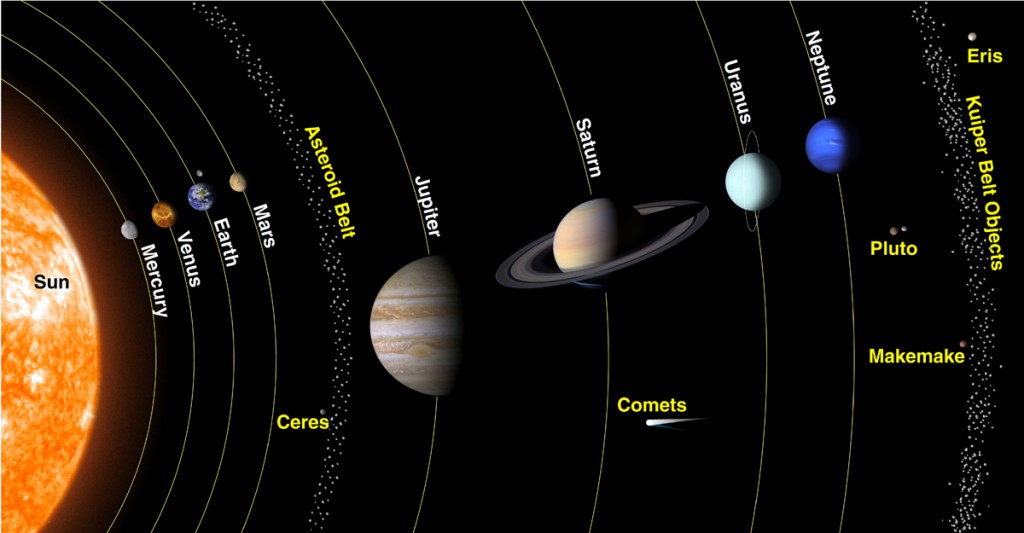Out of all the celestial bodies this one has the funniest name uranus

Out of all the celestial bodies, this one has the funniest name: Uranus

When it comes to celestial bodies, there is one planet that stands out not only for its unique features and characteristics but also for its truly hilarious name – Uranus. Named after the Greek god of the sky, Uranus has often been a source of amusement and jokes due to its phonetic similarity to a certain bodily function. But beyond its comical name, Uranus holds many interesting secrets and wonders that make it worthy of exploration.

The Discovery and Naming of Uranus
Uranus was first discovered by the British astronomer, Sir William Herschel, on March 13, 1781. Prior to this, it was considered that there were only six known planets in our solar system – Mercury, Venus, Earth, Mars, Jupiter, and Saturn. Herschel initially mistook Uranus for a comet due to its dimness, but after further observations, he realized that he had indeed discovered a new planet.
The naming of Uranus posed quite a challenge. Initially, Herschel decided to name it “Georgium Sidus” after King George III of England, as a gesture to gain royal favor. However, this name did not gain much acceptance outside of Great Britain. Eventually, the name “Uranus,” derived from the Greek god Uranus, the personification of the sky, was adopted internationally in the mid-19th century.
Interesting Facts about Uranus
Uranus is a gas giant, similar to Jupiter and Saturn. However, what makes it truly special is its peculiar characteristics:
Axial Tilt: Unlike any other planet in our solar system, Uranus rotates on its side. This means that it essentially spins like a rolling ball, with its equator almost perpendicular to its orbital plane. Scientists believe that a massive collision with a planet-sized object in its early history might be the cause of this peculiar tilt.
Icy Atmosphere: Uranus is composed mainly of hydrogen and helium, but it also contains a significant amount of “ices” such as water, ammonia, and methane. These ices give Uranus its distinct bluish-green color, unlike the predominantly white or golden hues of other gas giants.
Exploration of Uranus
Despite being discovered over two centuries ago, much about Uranus still remains a mystery. Only a handful of spacecraft have ever visited this unique planet. The first and only spacecraft to fly by Uranus was NASA’s Voyager 2 in 1986. It provided valuable data and stunning close-up images of the planet and its moons. Since then, no other mission has been sent specifically to explore Uranus, leaving many questions unanswered.
Conclusion
Uranus, with its humorous name, has managed to capture the imagination of both scientists and the general public alike. Beyond its comical moniker, this gas giant holds many secrets that scientists are eager to unveil. Hopefully, future space missions will shed more light on the mysteries of Uranus and bring us closer to understanding its fascinating characteristics.
Tags
Share
Related Posts
Quick Links
Legal Stuff

